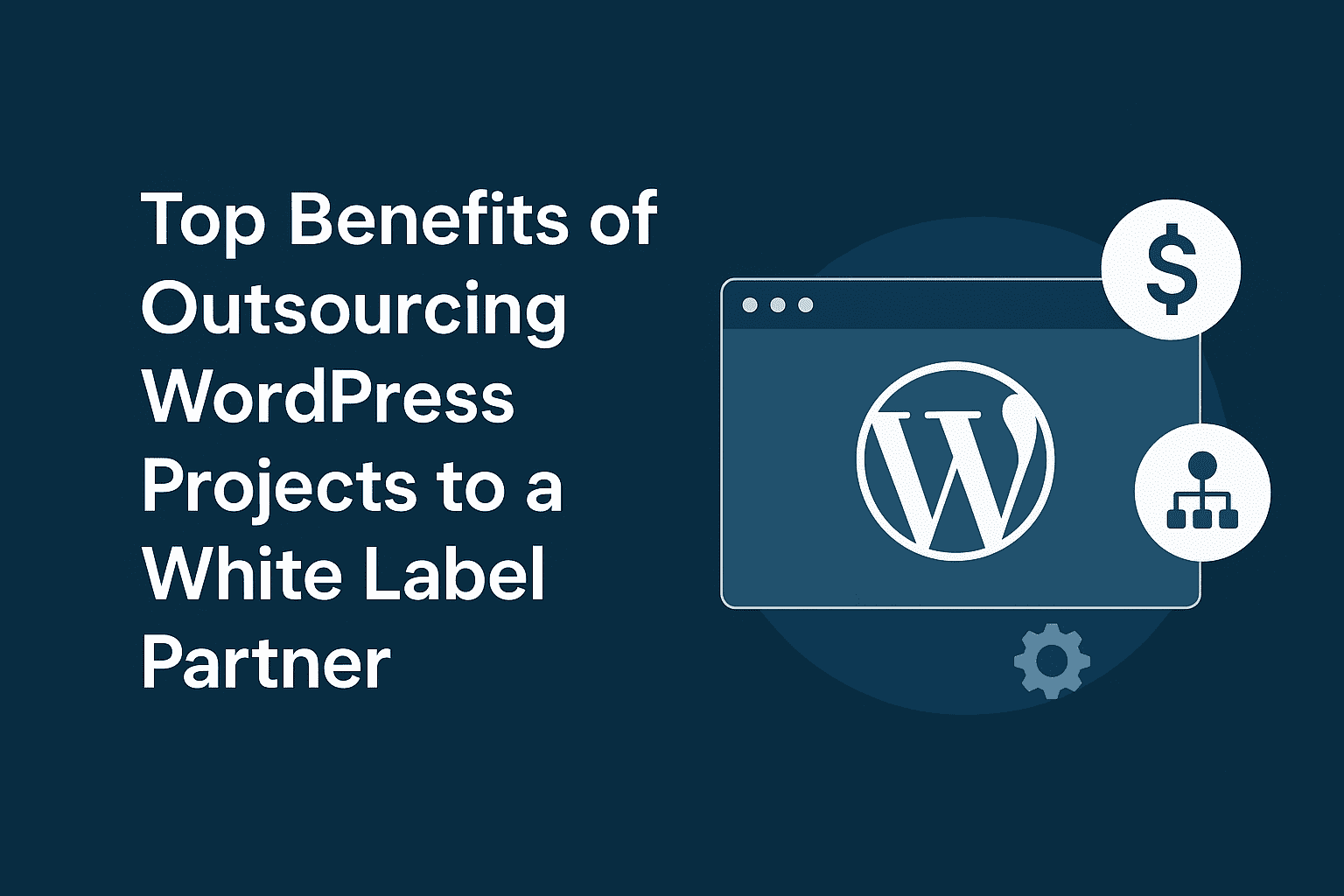The digital landscape is evolving rapidly, and user expectations are higher than ever. Gone are the days when a simple, static website was enough to engage visitors. Today, UI/UX (User Interface/User Experience) design is at the forefront of web development, shaping how users interact with digital platforms. With advancements in technology, next-generation web applications are revolutionizing the way we perceive and use the web.
In this blog, we’ll explore the evolution of UI/UX, emerging trends, and how next-gen web apps are setting new standards for user experience.
The Evolution of UI/UX: A Brief History
1. The Static Web (Web 1.0 Era)
In the early days of the internet, websites were primarily static. They consisted of basic HTML pages with minimal styling and interactivity. The focus was on delivering content rather than providing an engaging experience.
- Characteristics:
- Plain text-based websites
- Minimal styling (basic HTML & CSS)
- No real-time interactivity
2. The Rise of Dynamic Web (Web 2.0 Era)
With the introduction of JavaScript, CSS, and dynamic content, websites became more interactive. Web 2.0 brought the rise of social media, rich animations, and user-generated content.
- Key Innovations:
- JavaScript frameworks (like jQuery, Angular, React)
- Responsive design for mobile-friendliness
- User interaction through forms, AJAX, and APIs
3. The Next-Gen Web (Web 3.0 & Beyond)
Today, we are witnessing the shift to the next generation of web applications. AI-driven interfaces, immersive design, and highly personalized experiences are now defining UI/UX.
- Core Technologies Powering Next-Gen UI/UX:
- Artificial Intelligence (AI) & Machine Learning
- Augmented Reality (AR) & Virtual Reality (VR)
- Motion UI & Microinteractions
- Voice User Interfaces (VUI)
- 3D & immersive web experiences
Key Trends in Next-Gen UI/UX for Web Apps
1. AI-Powered Personalization
Next-generation web apps leverage AI and machine learning to provide personalized experiences. AI analyzes user behavior, preferences, and interactions to dynamically adjust the content, recommendations, and UI.
- Examples:
- Netflix and YouTube’s AI-driven content recommendations
- AI chatbots that offer real-time support
- Personalized UI adjustments based on user habits
2. Motion UI & Microinteractions
Modern web apps are focusing on fluid animations, transitions, and microinteractions to create engaging experiences. Motion UI enhances usability, making interactions intuitive and delightful.
- Why It Matters:
- Guides users through actions
- Enhances feedback (button hover effects, loaders, etc.)
- Improves storytelling in web design
- Example:
- Google’s Material Design animations & Apple’s smooth UI transitions
3. Dark Mode & Adaptive UI
Dark mode has become a standard feature in modern web apps, offering a better visual experience, reduced eye strain, and improved battery life for OLED screens.
- Trends in Adaptive UI:
- Auto theme detection (light/dark mode)
- Customizable UI preferences based on user settings
- Popular Examples:
- Twitter, YouTube, and macOS UI switching between dark and light themes
4. Voice & Gesture-Based Interfaces
With the rise of voice assistants (Alexa, Siri, Google Assistant), voice and gesture-based interactions are becoming mainstream in UI/UX design. Web apps are now integrating voice search, hands-free navigation, and speech recognition.
- Use Cases:
- Voice search on websites
- Hands-free browsing for accessibility
- AI-powered voice assistants within web apps
5. Augmented Reality (AR) & Virtual Reality (VR) in Web Apps
The future of UI/UX is immersive experiences powered by AR and VR. Web apps are integrating 3D environments, real-time AR overlays, and virtual shopping experiences.
- Examples:
- IKEA’s AR app for placing furniture in real-world environments
- Web-based VR experiences like Mozilla’s WebXR
6. Headless UI & API-Driven Experiences
The rise of headless CMS and API-driven UI is enabling developers to build more flexible, scalable, and high-performance web applications.
- Benefits:
- Decoupled frontend & backend for better performance
- API-first design enabling omnichannel experiences
- Faster content delivery across platforms
- Popular Headless CMS & Technologies:
- Strapi, Contentful, and Sanity for content management
- JAMstack architecture for improved speed and security
7. Progressive Web Apps (PWAs) – The Future of Mobile UX
PWAs combine the best of web and mobile apps, offering offline functionality, push notifications, and app-like experiences without requiring an app store download.
- Why PWAs Are the Future:
- Fast loading times & improved performance
- Works offline using service workers
- Higher user engagement and retention
- Popular Examples:
- Twitter Lite, Pinterest PWA, and Starbucks PWA
How Next-Gen UI/UX is Changing the Game
- User Expectations Are Higher Than Ever – With AI, AR, and seamless interactions, users now expect web apps to be faster, more engaging, and smarter.
- Accessibility is a Priority – Voice UI, adaptive interfaces, and gesture-based navigation make web apps more inclusive.
- Speed and Performance Drive Engagement – PWAs, edge computing, and lightweight frameworks (like Astro & Qwik) ensure seamless experiences.
- Omnichannel UX is the Norm – Users switch between devices seamlessly, and web apps must offer consistent experiences across platforms.
Conclusion: The Future of UI/UX in Web Development
The evolution of UI/UX is an ongoing journey, with new technologies and user expectations shaping the future of web development. Next-gen web apps are focusing on AI-driven personalization, immersive experiences, adaptive UI, and lightning-fast performance.
For developers and designers, staying ahead means embracing modern frameworks, motion design, voice UI, AR/VR, and headless architecture. The future of UI/UX isn’t just about making things look good—it’s about creating seamless, intuitive, and intelligent experiences that redefine how users interact with the web.
💡 Are you ready for the future of UI/UX? Let’s build the next-generation web together! 🚀



